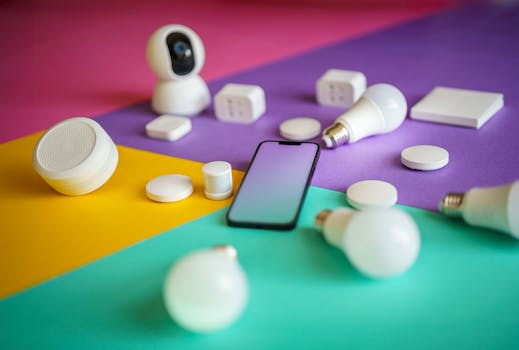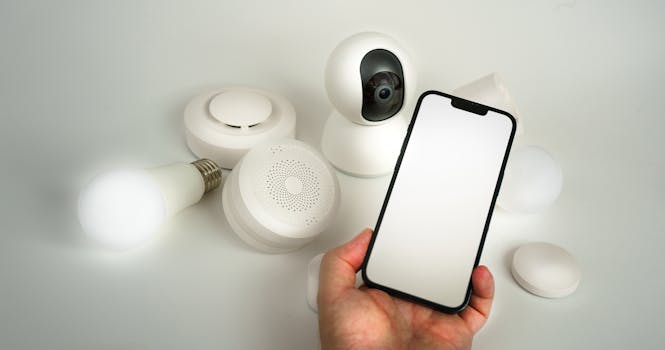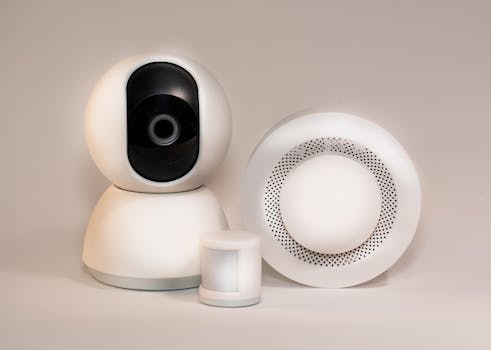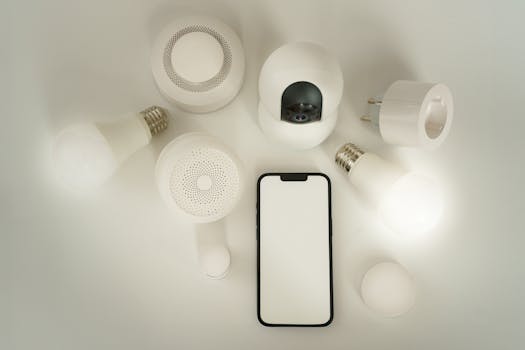
Smart Connectivity: The Role of IoT in Modern Communication is transforming the way we interact with each other and with devices. The Internet of Things (IoT) has enabled the connection of various devices to the internet, making it possible for them to collect and exchange data. This has led to the development of smart devices that can communicate with each other and with humans, creating a network of interconnected devices.
The concept of IoT is not new, but its application in modern communication has gained significant attention in recent years. With the increasing use of smartphones, smart home devices, and wearable technology, the need for smart connectivity has become more pressing. IoT has made it possible for devices to communicate with each other and with humans, enabling the creation of smart cities, smart homes, and smart industries.
The role of IoT in modern communication is multifaceted. It enables the connection of devices, allowing them to collect and exchange data. This data can be used to improve the efficiency of various processes, such as energy management, transportation, and healthcare. For example, smart traffic management systems use IoT sensors to monitor traffic flow and optimize traffic signal timings, reducing congestion and improving air quality.
IoT in Industries

IoT has a significant impact on various industries, including manufacturing, logistics, and healthcare. In manufacturing, IoT enables the creation of smart factories, where devices and machines can communicate with each other and with humans. This improves productivity, reduces downtime, and enhances product quality. In logistics, IoT enables the tracking of goods and vehicles, improving supply chain management and reducing costs.
In healthcare, IoT enables the creation of smart medical devices that can monitor patients’ health and send alerts to healthcare professionals. This improves patient care, reduces hospital readmissions, and enhances the overall quality of healthcare. IoT also enables the development of telemedicine, allowing patients to consult with healthcare professionals remotely.
Challenges and Limitations

Despite the benefits of IoT in modern communication, there are several challenges and limitations that need to be addressed. One of the major challenges is security, as IoT devices are vulnerable to hacking and data breaches. This can compromise the security of personal data and put individuals and organizations at risk.
Another challenge is interoperability, as different devices and systems may not be able to communicate with each other seamlessly. This can create obstacles in the development of smart cities, smart homes, and smart industries. Additionally, the lack of standardization in IoT protocols and technologies can hinder the growth of IoT in modern communication.
Conclusion

In conclusion, Smart Connectivity: The Role of IoT in Modern Communication is transforming the way we interact with each other and with devices. IoT has enabled the connection of devices, allowing them to collect and exchange data, and has improved the efficiency of various processes. However, there are challenges and limitations that need to be addressed, such as security, interoperability, and standardization.
As IoT continues to evolve and improve, we can expect to see significant advancements in modern communication. The development of smart cities, smart homes, and smart industries will become more prevalent, and the use of IoT in various industries will increase. With the right strategies and technologies in place, we can unlock the full potential of IoT and create a more connected and efficient world.

